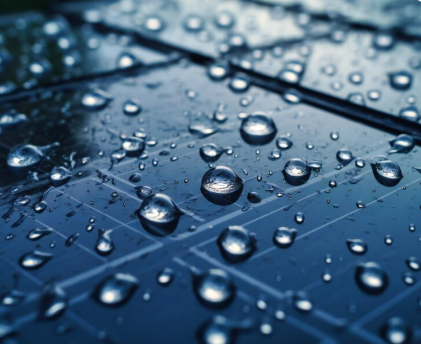Commercial Insurance Covers Roof Leaks
Coverage Determination Criteria
Commercial property insurance covers roof leaks when they result from covered perils such as sudden storm damage, hail impacts, or wind-related roof failures. Leaks caused by falling objects, vandalism, or other named perils in your policy typically receive coverage for both roof repairs and resulting interior damage. However, leaks from gradual deterioration, poor maintenance, or normal wear and tear face exclusion under most commercial policies. The timing and causation of roof damage become crucial factors in claim evaluation, with insurers distinguishing between sudden covered events and gradual uncovered deterioration. Insurance adjusters carefully examine roof conditions, maintenance records, and weather patterns to determine whether leaks resulted from covered incidents or excluded maintenance issues.
Business Interruption Implications
Roof leak coverage extends beyond physical property damage to include business interruption implications when leaks disrupt operations. Commercial policies often cover lost income and continuing expenses when roof leaks force temporary closure or relocation of business activities. Additional expenses for protective measures like tarps, temporary roofing, or emergency repairs may receive coverage when necessary to prevent further damage. However, business interruption coverage typically requires direct physical damage from covered perils, meaning leaks from excluded causes won't trigger income replacement benefits. The scope of business interruption coverage depends on policy language and the extent of operational disruption caused by roof leak damage.
Policy Language Variations
Commercial insurance policies contain varying language regarding roof leak coverage that affects claim outcomes. Some policies impose age limitations on roof coverage, reducing or eliminating protection for roofs exceeding specified ages (typically 15-20 years). Actual cash value versus replacement cost provisions significantly impacts claim settlements, with ACV policies applying depreciation that reduces payouts for older roofing systems. Certain policies include specific exclusions for gradual water seepage or require evidence of sudden roof failure to trigger coverage. These policy variations make a careful review of coverage terms essential for understanding roof leak protection before claims arise.
Maintenance and Prevention Requirements
Commercial policies often include maintenance requirements that affect roof leak coverage eligibility. Regular roof inspections, documented maintenance programs, and prompt repair of identified issues help preserve coverage for sudden roof failures. Some insurers require annual roof inspections as coverage conditions, with failure to maintain proper documentation potentially voiding coverage. Preventive maintenance that addresses minor issues before they become major problems demonstrates responsible property management that insurers view favorably. Professional roof maintenance contracts and documented repair histories strengthen claim positions when sudden roof failures occur despite proper maintenance efforts.
Documentation and Claim Strategy
Successful commercial roof leak claims require immediate documentation linking leaks to covered perils. Professional roof inspections identifying specific damage causes provide crucial evidence supporting coverage arguments. Weather reports, maintenance records, and photographic evidence of sudden roof damage strengthen claim positions. Emergency mitigation efforts should be documented and coordinated with insurance carriers to ensure coverage for temporary protective measures.


